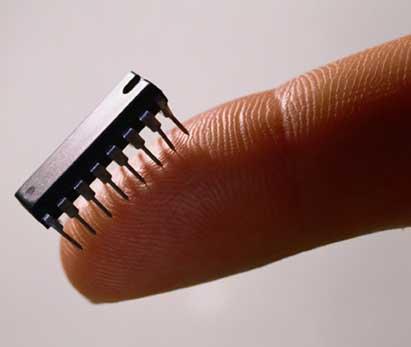A chip, many tasks.

The computer can be programmed today for one job and tomorrow for another. And the chips? In general no. Most chips are fixed, accurate and non-modifiable circuits. The microelectronic circuits called FPGAs are the only ones that can be programmed for different functions.
The FPGA are like conventional microchips, they are constituted by elements connected by the network, among which is the electric current. In the same way that the launch of walls of a maze and the construction of others create a new maze, changing the direction and direction of the electrical current of the network, the FPGAs are programmed for one or another function. This improves the capacity and versatility of the computer. For example, the computer needs specific chips to browse the internet or watch videos. With FPGA it would be enough with a single chip.
However, the FPGA circuits currently marketed have the drawback of being volatile, that is, when the electric current disappears (for example when the computer is turned off) they lose the configuration, they are empty.
As published today on the web of the journal Nature, the Washington Naval Research Laboratories have developed FPGAs capable of storing memory. FPGA are formed by a transistor and a special diode that have replaced the transistor of Washington by a magnetoresistent element. This element generates a variable magnetic field so that the FPGA does not lose the electric current while the computer is off. This way they manage to save the memory.
Buletina
Bidali zure helbide elektronikoa eta jaso asteroko buletina zure sarrera-ontzian











